Home>diy>Architecture & Design>How To Maintain The Same Design For Your House
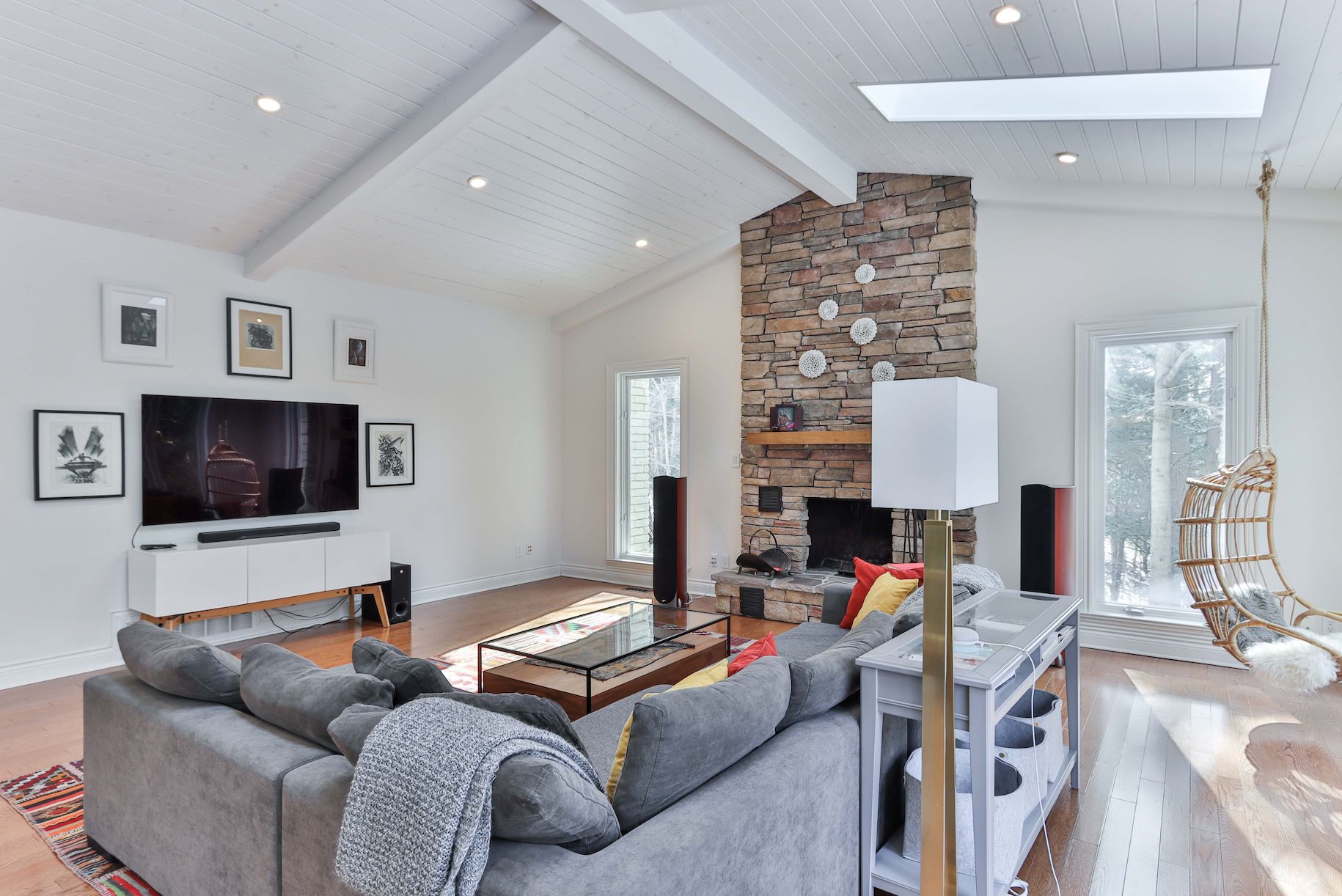

Architecture & Design
How To Maintain The Same Design For Your House
Modified: January 5, 2024
Discover expert tips and tricks on architecture design to maintain a cohesive and stunning look for your house. Ensure your home reflects your unique style with our helpful guide.
(Many of the links in this article redirect to a specific reviewed product. Your purchase of these products through affiliate links helps to generate commission for Storables.com, at no extra cost. Learn more)
Introduction
Welcome to the world of interior design, where creativity and functionality combine to create beautiful living spaces. One of the challenges many homeowners face is maintaining a consistent design theme throughout their house. It can be daunting to create a cohesive and harmonious look when dealing with various rooms and different personal preferences. However, with the right approach and a little guidance, you can achieve a unified and visually appealing design that will make your home truly standout.
In this article, we will explore some essential tips on how to maintain the same design for your house. From choosing a design theme to selecting the right furniture and decor, we will cover everything you need to know to create a seamless and cohesive interior design.
So let’s dive in and discover the key elements to consider when striving for a consistent design throughout your home.
Key Takeaways:
- Choose a design theme that reflects your personal style and complements your home’s architecture to create a cohesive and visually appealing interior design.
- Regular maintenance, organization, and periodic updates are essential for preserving the integrity and longevity of your home’s consistent design theme.
Read more: How To Add A Porch To Your House
Choosing a Design Theme
When aiming for a consistent design throughout your house, it’s crucial to start by choosing a design theme that will serve as the foundation for your entire interior. A design theme is like a guiding principle that sets the tone and style for your home. Here are a few considerations to keep in mind when selecting a design theme:
- Personal Preference: Consider your personal style and preferences. Do you lean towards a modern, minimalist look, or do you prefer a more traditional and ornate design? Understanding your taste will help you narrow down your options and choose a theme that truly reflects your personality.
- Architecture and Location: Take into account the architecture and location of your home. If you have a contemporary-style house, a design theme that complements the sleek lines and clean aesthetics of modern architecture would be a natural choice. On the other hand, if you live in a rustic cottage, a farmhouse or vintage theme might be more suitable.
- Consistency with Existing Elements: Evaluate the existing elements in your home, such as flooring, fixtures, and finishes. It’s important to choose a design theme that aligns with these elements to create a cohesive and harmonious look.
Remember, your chosen design theme will serve as the thread that ties all the rooms in your house together. Whether it’s contemporary, rustic, coastal, or eclectic, make sure to select a theme that resonates with you and sets the stage for a unified design.
Establishing Consistent Color Palette
Once you have chosen a design theme, the next step towards maintaining a consistent design throughout your house is establishing a cohesive color palette. The colors you select will play a significant role in creating a harmonious and visually appealing environment. Here’s how you can establish a consistent color palette:
- Main Color: Start by selecting a main color that will serve as the foundation for your design. This color will be the dominant hue throughout your home and should be present in all rooms in some capacity.
- Accent Colors: Choose a few accent colors that complement your main color. These colors can be used to add depth and interest to your design. Consider using them in furniture, accessories, or as pops of color on walls.
- Color Flow: Ensure that the colors flow seamlessly from one room to another. You can achieve this by selecting shades and tones that harmonize with each other. Use color swatches and samples to compare and determine how colors interact with each other.
- Layering Colors: Use different shades and tones of your chosen colors to create depth and dimension. This will add visual interest and prevent your design from feeling monotonous.
By establishing a consistent color palette, you create a cohesive and unified design that ties all the rooms together. The colors you choose will evoke certain emotions and set the mood in each space. Whether you opt for bold and vibrant hues or prefer a more muted and serene palette, ensure that your color choices align with your design theme and create a sense of visual harmony.
Selecting Complementary Furniture and Decor
Once you have established a design theme and a consistent color palette, the next step in maintaining a cohesive design throughout your house is selecting complementary furniture and decor. The pieces you choose should align with your design theme and contribute to the overall aesthetic of each room. Here are some tips to help you make the right choices:
- Consistent Style: Stick to a consistent style when selecting furniture and decor. If you have chosen a modern design theme, opt for sleek and minimalist furniture pieces. For a more traditional theme, choose furniture with ornate details and classic silhouettes.
- Scale and Proportion: Consider the scale and proportion of the furniture in relation to the size of each room. Oversized furniture can overwhelm a small space, while small pieces may get lost in a large room. Ensure that the furniture fits well and maintains a balanced composition.
- Material and Texture: Pay attention to the material and texture of the furniture and decor items. They should harmonize with your design theme and color palette. For instance, if you have a coastal-themed design, consider incorporating natural materials like rattan, sisal, or weathered wood.
- Coordinated Finishes: Ensure that the finishes of the furniture and decor items coordinate with each other. Matching or complementary finishes create a cohesive look. For example, if you have chosen brushed nickel hardware for your kitchen, consider selecting light fixtures and accessories with similar finishes.
- Balance and Harmony: Maintain a sense of balance and harmony in each room by carefully selecting furniture and decor. Distribute visual weight evenly and consider the flow and functionality of the space. Avoid overcrowding and cluttering the room with too many pieces.
Remember, the furniture and decor you choose should not only be visually pleasing but also serve a functional purpose in each space. Select items that reflect your design theme and contribute to the overall ambiance you want to create.
Keeping a Balanced Layout
Another crucial aspect of maintaining a consistent design throughout your house is keeping a balanced layout in each room. A well-designed layout ensures that the furniture and decor are arranged in a way that maximizes functionality and creates visual harmony. Here are some tips to help you achieve a balanced layout:
- Focal Point: Identify a focal point in each room and arrange the furniture around it. This could be a fireplace, a large window with a scenic view, or a statement piece of furniture. Designating a focal point helps anchor the room and directs attention.
- Pathways: Maintain clear pathways that allow for easy movement throughout the room. Arrange furniture in a way that doesn’t obstruct the natural flow of traffic. Consider the placement of doors and windows when determining the layout.
- Grouping Furniture: Group furniture together to create functional and visually appealing arrangements. For example, in a living room, position sofas and chairs around a coffee table to create a cozy conversation area. In a dining room, place the table and chairs in a way that allows easy access and comfortable seating.
- Scale and Proportion: Ensure that the size of the furniture is proportionate to the size of the room. Oversized furniture can make a small space feel cramped, while small furniture may get lost in a large room. Create a sense of balance by selecting pieces that fill the space appropriately.
- Symmetry or Asymmetry: Decide whether you want to create a symmetrical or asymmetrical layout. Symmetrical layouts feature pairs of identical or similar furniture pieces on either side of a central point, while asymmetrical layouts incorporate different elements in an intentionally unbalanced arrangement. Choose the approach that suits your design theme and personal style.
By keeping a balanced layout, you create a sense of order and harmony in each room. This allows for comfortable and functional living spaces while maintaining a consistent design aesthetic throughout your house.
Consider using a consistent color palette, furniture style, and decor theme throughout your house to maintain a cohesive design. This will create a harmonious and visually appealing space.
Maintaining Cleanliness and Organization
An often overlooked yet essential aspect of maintaining a consistent design throughout your house is ensuring cleanliness and organization. Clutter and disarray can disrupt the visual flow and undermine the overall aesthetic you’re trying to achieve. Here are some tips to help you maintain cleanliness and organization:
- Declutter Regularly: Regularly declutter your living spaces and get rid of items that are no longer needed or don’t contribute to the design. Keep surfaces clear of unnecessary objects to maintain a clean and streamlined look.
- Storage Solutions: Invest in storage solutions that fit your needs and style. Utilize storage baskets, shelves, cabinets, and organizers to keep your belongings neatly tucked away. This helps maintain a clutter-free environment and makes it easier to find and access items when needed.
- Establish Routines: Implement cleaning and organizing routines to ensure that your home stays organized on an ongoing basis. Set aside time each day or week to tidy up, vacuum, and dust. Small, consistent efforts go a long way in maintaining cleanliness and order.
- Designated Spaces: Assign specific areas or rooms for various activities and purposes. This not only helps with organization but also ensures that each room has a clear function and purpose within the overall design scheme.
- Visual Cohesion: Pay attention to the visual impact of your storage solutions. Incorporate baskets, bins, and containers that are aesthetically pleasing and align with your design theme. This way, organization becomes an integral part of the overall design, rather than an afterthought.
By maintaining cleanliness and organization, you create a clean canvas that allows your chosen design theme and elements to shine. A clutter-free environment enhances the overall aesthetic and contributes to a sense of calm and tranquility.
Regular Maintenance and Repairs
To maintain a consistent design throughout your house, it is essential to prioritize regular maintenance and repairs. Over time, wear and tear can diminish the overall appearance and functionality of your home. Here are some key points to consider:
- Inspect and Repair: Conduct regular inspections of your house to identify any maintenance or repair needs. Check for any signs of damage, such as peeling paint, cracked tiles, or leaky faucets. Address these issues promptly to prevent further damage and to keep your home looking its best.
- Paint and Touch-Ups: Keep your walls looking fresh by periodically repainting or touching up the paint. This helps maintain a consistent color scheme and makes the overall design look polished. Pay attention to high-traffic areas or rooms that may require more frequent touch-ups.
- Flooring Maintenance: Take care of your flooring by following the manufacturer’s guidelines for cleaning and maintenance. Regularly vacuum, sweep, or mop to remove dirt and debris. Polish or refinish your floors as needed to restore their original appearance and protect them from damage.
- Fixtures and Hardware: Check and maintain your fixtures and hardware, such as light fixtures, switches, doorknobs, and cabinet handles. Clean or replace worn-out or outdated fixtures to keep your design looking cohesive and functional.
- Appliance Maintenance: Properly maintain and service your appliances to ensure they are functioning optimally. This includes regular cleaning, replacing filters, and scheduling maintenance checks. Well-functioning appliances not only contribute to the overall design but also enhance the functionality of your home.
Regular maintenance and repairs are essential for preserving the integrity and longevity of your design. By addressing maintenance issues promptly and keeping up with repairs, you can maintain a consistent and visually appealing home design that stands the test of time.
Updating and Refreshing the Design
Maintaining a consistent design throughout your house doesn’t mean that you can’t make changes or updates over time. In fact, updating and refreshing the design periodically is essential to keep your home looking fresh and to prevent it from becoming stagnant. Here are some tips on how to update and refresh your design:
- Furniture and Decor: Consider updating your furniture and decor pieces to reflect current trends or your evolving style. Replace outdated or worn-out items with new ones that complement your existing design theme. Introduce new colors, patterns, and textures to add visual interest.
- Art and Accessories: Change up your artwork and accessories to breathe new life into your design. Switch out wall art, accent pillows, rugs, and decorative objects to create a fresh look. This allows you to experiment with different styles and trends without completely overhauling your design theme.
- Lighting: Update your lighting fixtures to create a different ambiance in each room. Consider replacing outdated fixtures with modern, energy-efficient options. Proper lighting can significantly enhance the overall design and mood of a space.
- Textiles and Fabrics: Refresh your textiles and fabrics by changing curtains, drapes, bedding, and upholstery. Introduce new patterns, colors, or textures to add visual interest and update the look and feel of your rooms.
- Paint and Accent Walls: A fresh coat of paint can do wonders for updating your design. Consider repainting walls or adding an accent wall to create a focal point in a room. Experiment with different color schemes to give your home a new look.
Updating and refreshing your design allows you to adapt to changing tastes and trends while maintaining the overall cohesion of your home. It’s an opportunity to inject new energy and personality into your design, making your house feel like a dynamic and evolving space.
Remember, updating and refreshing your design doesn’t mean completely starting from scratch. The goal is to make thoughtful and deliberate changes that enhance your existing design theme and create a cohesive and visually pleasing environment.
Conclusion
Designing and maintaining a consistent look throughout your house is a creative endeavor that requires careful planning and attention to detail. By following the tips mentioned in this article, you can create a cohesive and visually appealing design that flows seamlessly from room to room.
Start by choosing a design theme that reflects your personal style and complements the architecture of your home. Establish a consistent color palette that sets the tone and creates visual harmony. Select furniture and decor that align with your design theme and contribute to the overall aesthetic.
Keep a balanced layout in each room to ensure functional spaces that are visually pleasing. Regularly maintain cleanliness and organization to create a clutter-free environment that showcases your design. Prioritize regular maintenance and repairs to preserve the integrity and longevity of your design.
Lastly, don’t be afraid to update and refresh your design periodically to keep it current and fresh. Introduce new elements, change out accessories, and experiment with different styles and trends to keep your home evolving.
Remember, creating and maintaining a consistent design theme is a journey. Embrace the process, trust your instincts, and enjoy the transformation of your living space into a beautiful and cohesive home.
With these tips in mind, you are well-equipped to create a stunning and harmonious design that will make your house a true reflection of your style and personality.
Frequently Asked Questions about How To Maintain The Same Design For Your House
Was this page helpful?
At Storables.com, we guarantee accurate and reliable information. Our content, validated by Expert Board Contributors, is crafted following stringent Editorial Policies. We're committed to providing you with well-researched, expert-backed insights for all your informational needs.
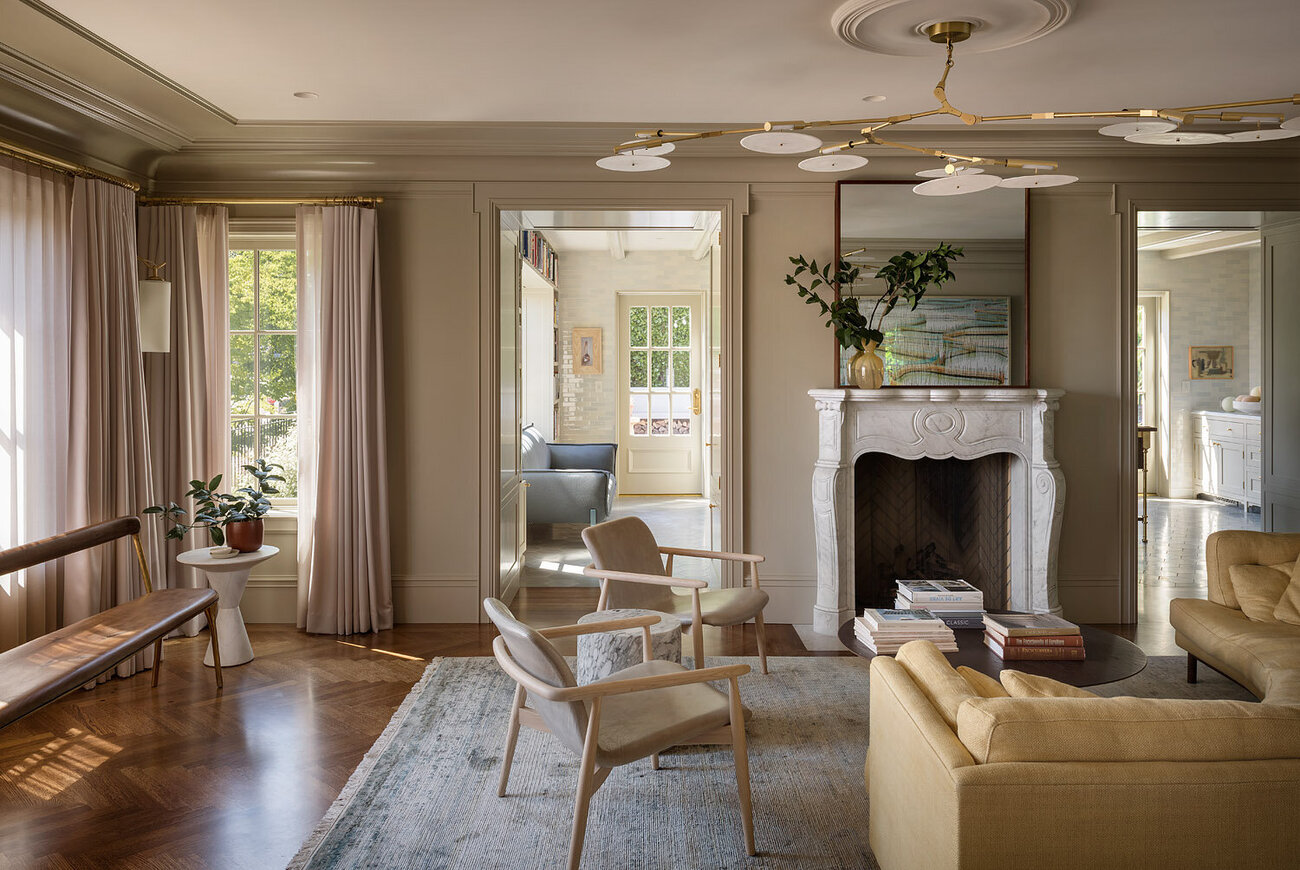
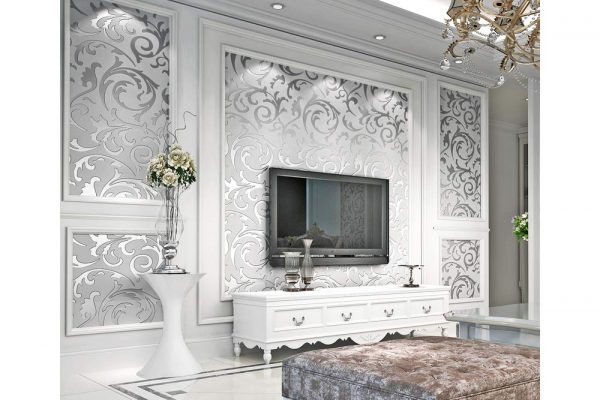
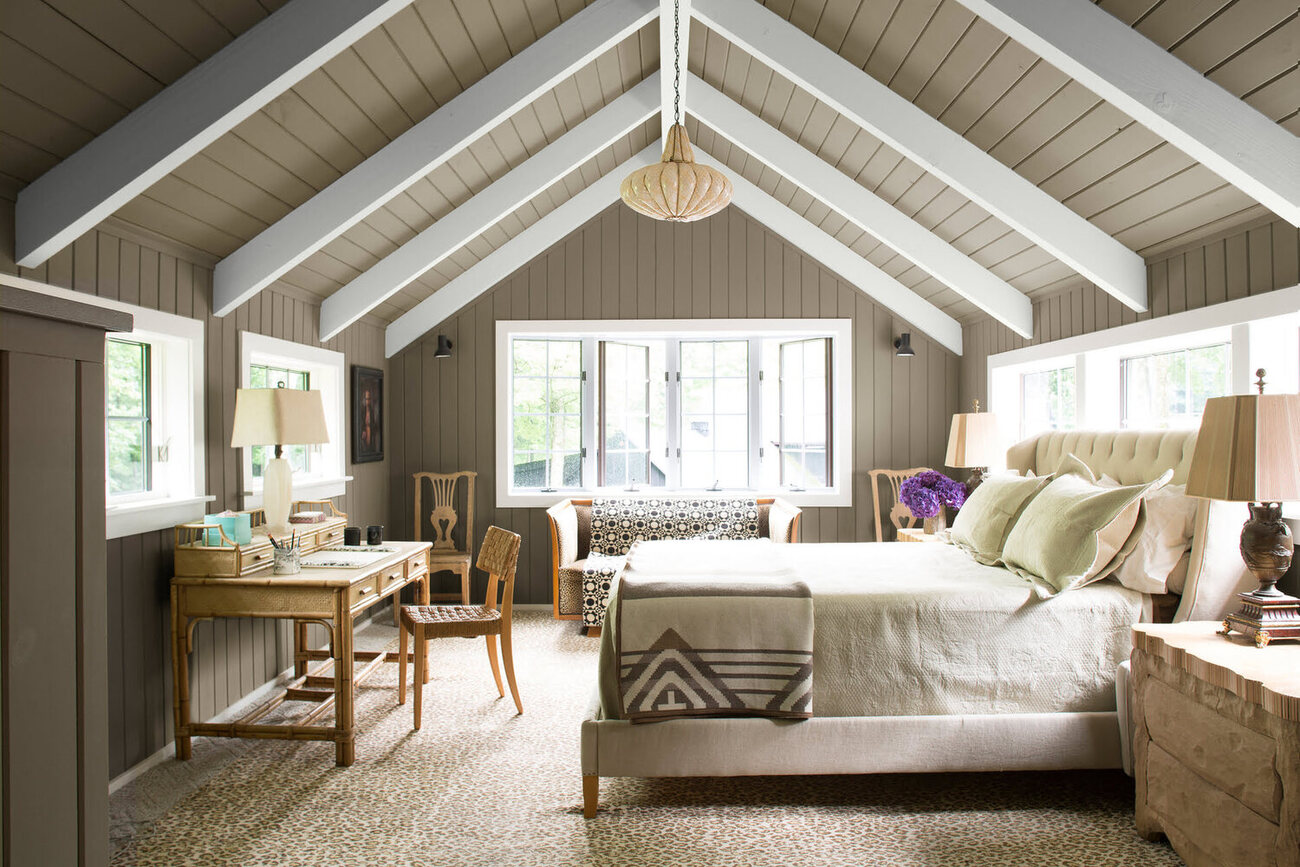
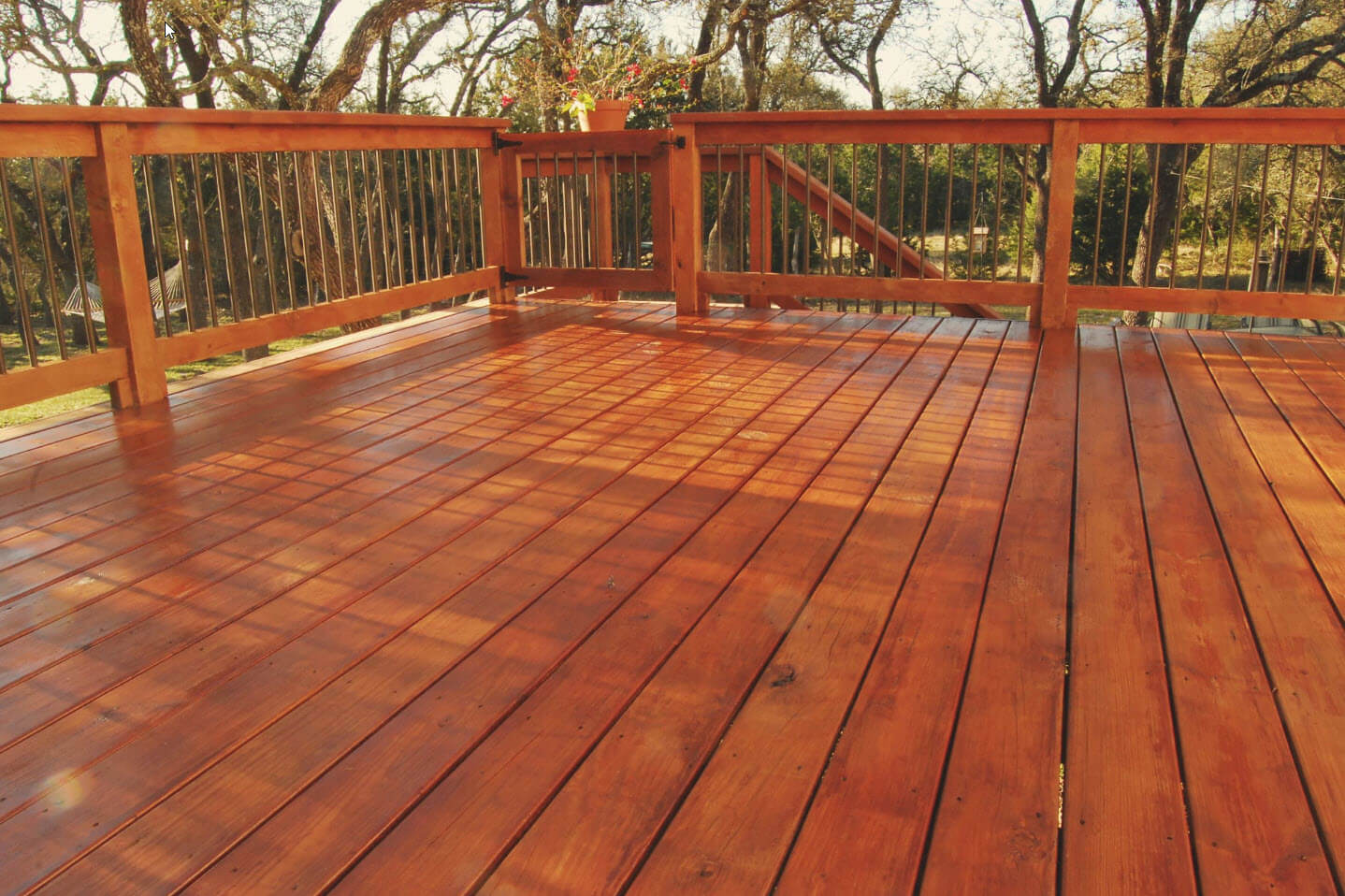
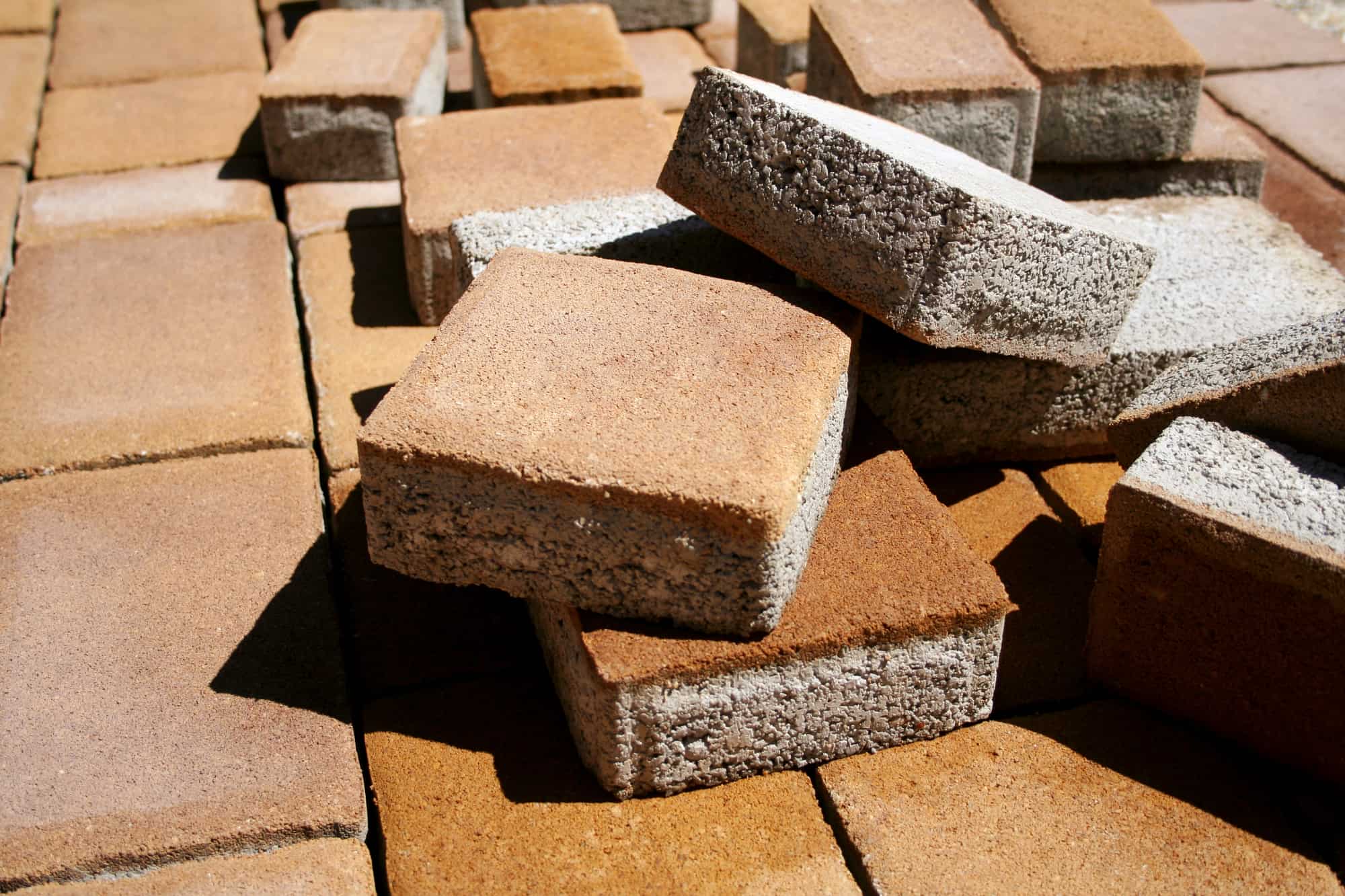


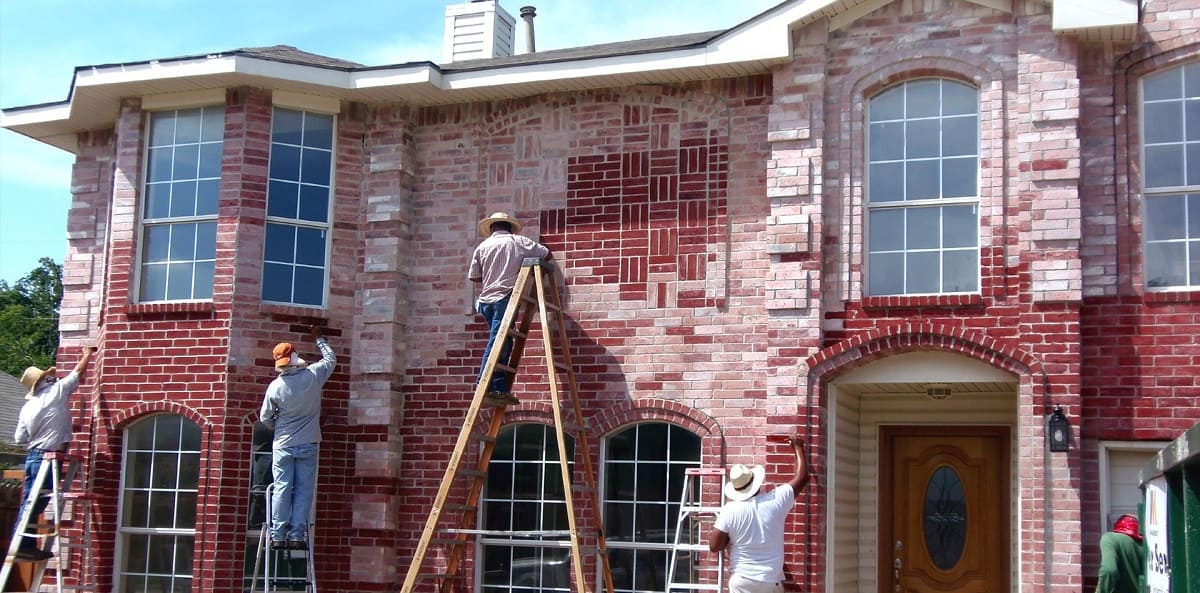
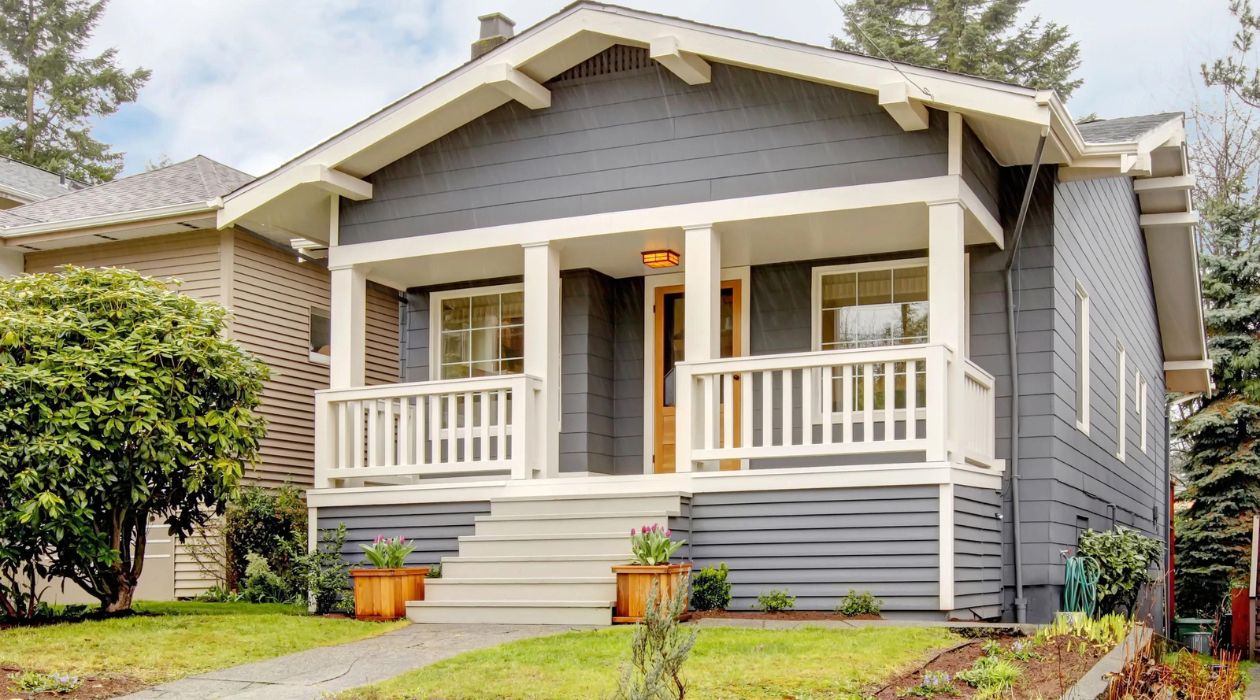
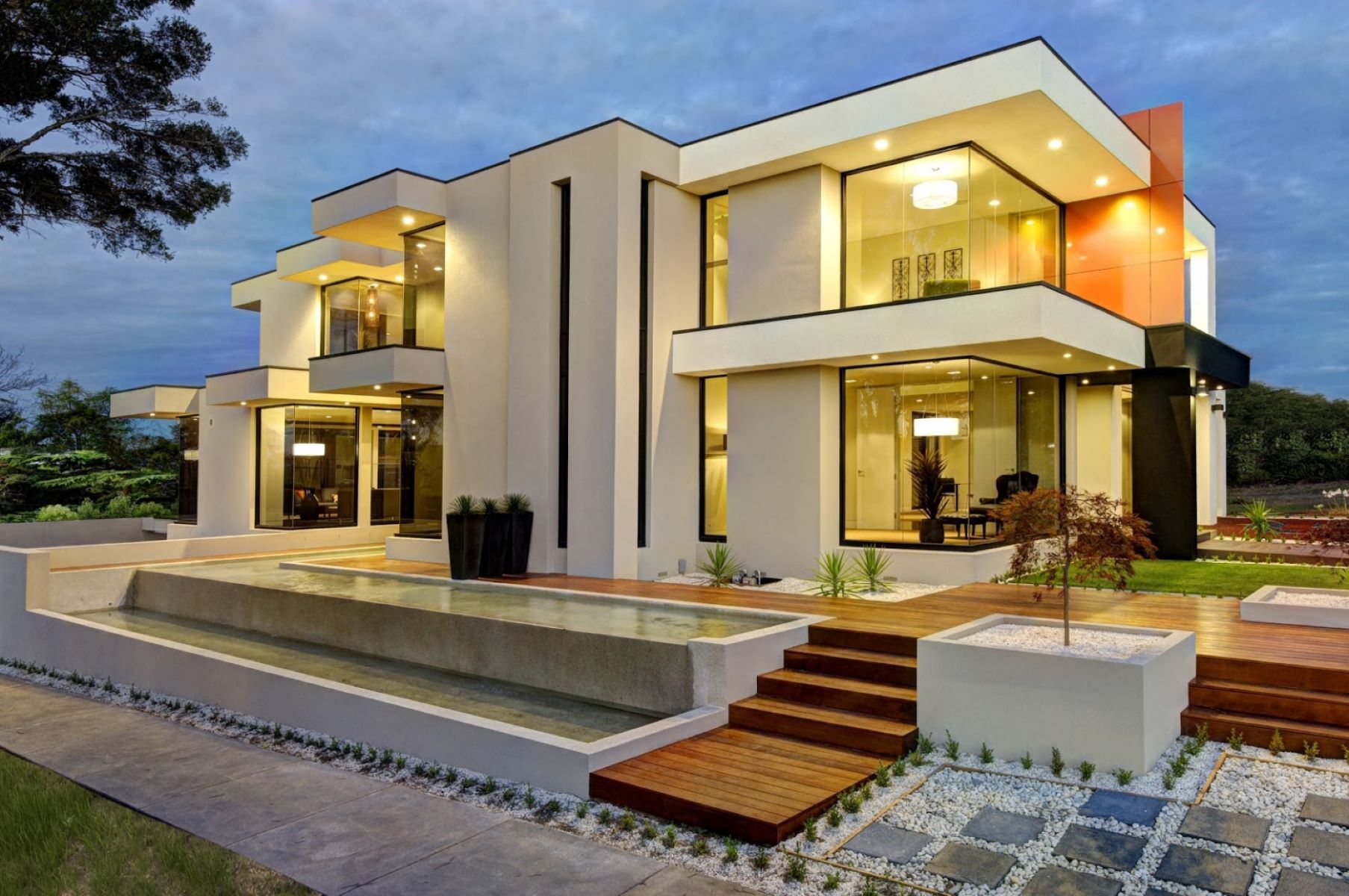

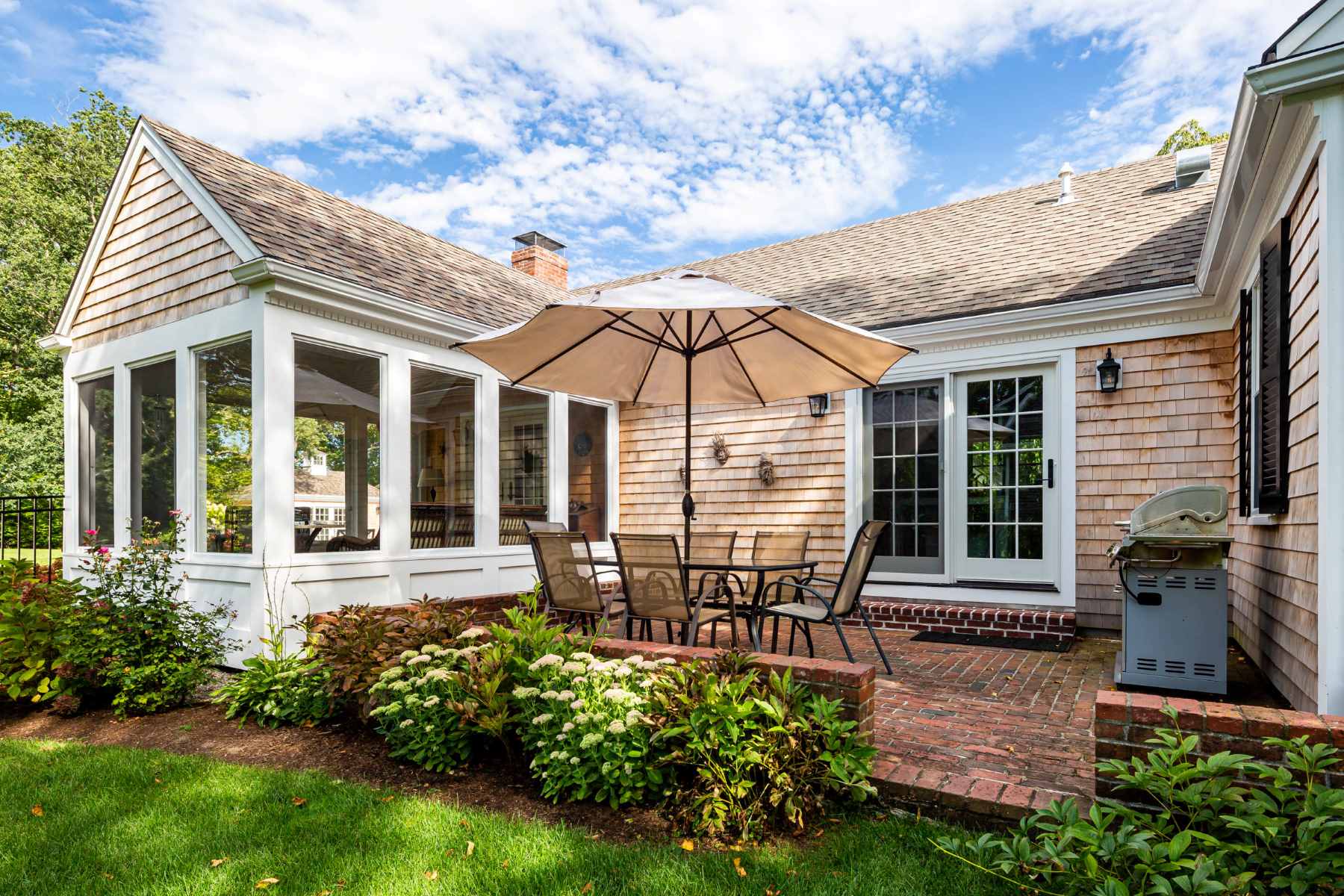
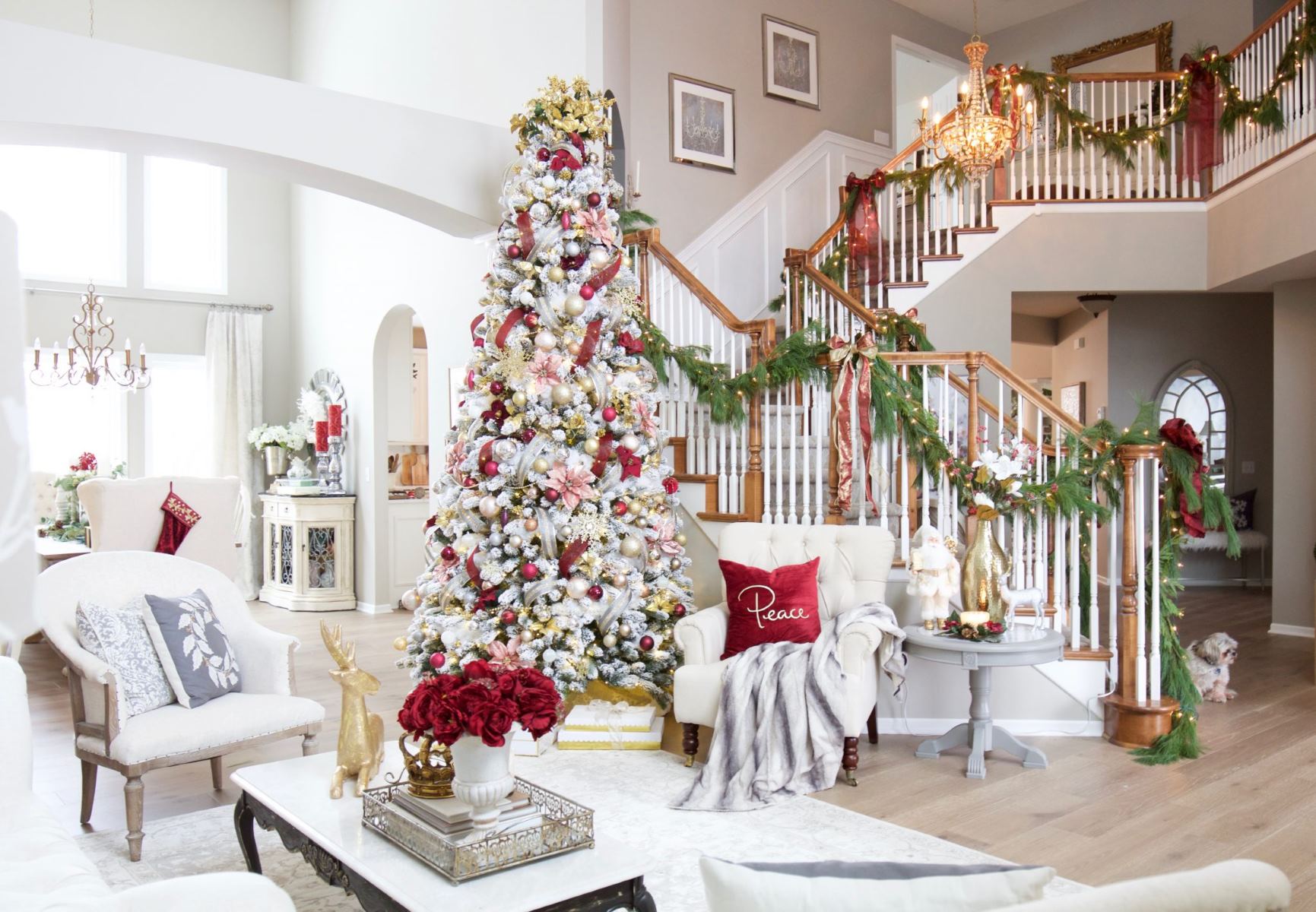


0 thoughts on “How To Maintain The Same Design For Your House”